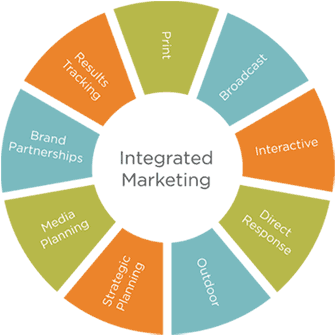How to build your brand?
Learning objectives
1. What is the difference between brand image and brand identity?
According to Aaker (1996), the difference between brand image and brand identity is that image is usually passive and looks to the past, whereas identity is something that should be active and looks to the future. Brand image tends to be tactical, identity should be strategic.
- What is the connection between brand image and brand identity?
To put it simply according to Aaker (1996):
- BRAND IMAGE: How the brand is now perceivedBRAND IDENTITY: How strategists want the brand to be perceived
 |
| Source: http://www.wisdomjobs.com/userfiles/image/$brand%20management/chapter7/Figure-7_1.jpg Kapferer (2008) |
- How can they reinforce your brand?
2. What are the models of brand identity?
Kapferer's brand identity prism
 |
| Source: http://www.12manage.com/images/picture_kapferer_brand_identity_prism.gif |
 |
| Source: https://blogger.googleusercontent.com/img/b/R29vZ2xl/AVvXsEiSgKq15Uug_ZMGYx0SMXQT8mWBFLkxxFCOyN3_EcPPt-9vilk71o0jHdkvngXF2OokX_FcBN1WemdxHhLbr5O0Lq06zilAZhpkbXh6CL7Oq5JlbuCdVsIImSBkzQW2S9e1WtcbKcGxe2V_/s1600/Identity+prism%25281%2529.PNG |
 |
| Source: https://milkavslindt.files.wordpress.com/2013/12/lindt-identity-prism.png |
3. How to communicate your brand identity to the target audience?
- What are the effective communication tools to reach out to your target audience?
- According to Aaker (1996):
- Event sponsorships
- Clubs and usage programs
- Direct response marketing
- Public relations efforts
- Publicity stunts
- Promotions
- Product shows and event stores
- Packaging
- According to Rosenbaum-Elliott, Percy and Pervan (2011) for a brand to be purchased, it needs to be the one that comes to consumers' mind first. Therefore brand's advertising must present the brand. In most cases it is necessary to feature the package in all advertising, an exception being if the recognition comes from hearing the brand name.
- Rosenbaum-Elliott, Percy and Pervan (2011) also emphasize integrated marketing communications; brand's message must be well positioned and correctly address brand awareness and brand attitude. The actual message and execution also must be consistent with everything that is communicated about the brand.
Sources:
Aaker, D. 1996. Building strong brands. Pocket books.
Rosanbaum-Elliott, R., Percy, L. and Pervan, S. 2011. Strategic brand management. Oxford University Press. 2nd edition.
Rosanbaum-Elliott, R., Percy, L. and Pervan, S. 2011. Strategic brand management. Oxford University Press. 2nd edition.


